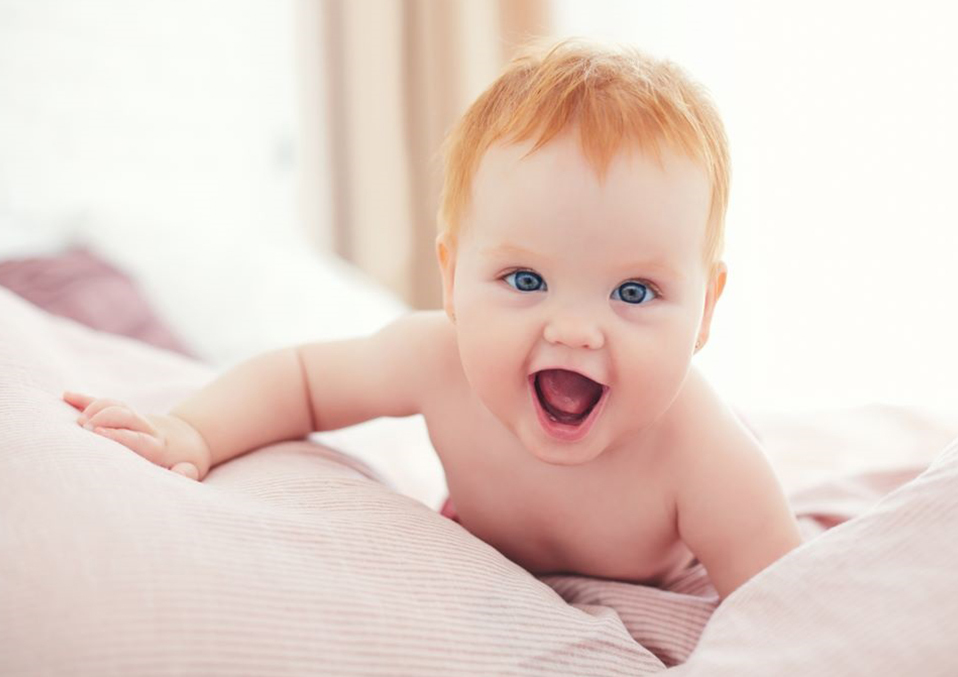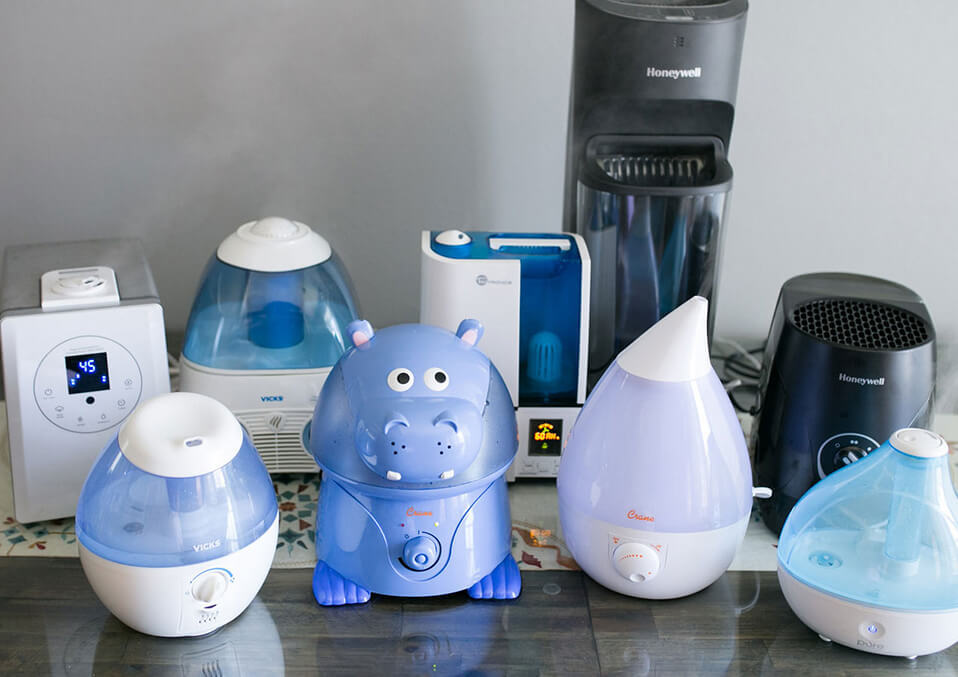A humidifier is a gadget that changes over fluid water into fine fog or steam and discharges it into the air to build the degree of dampness. At the point when the humidifier works, it essentially adds to the mugginess in the room and along these lines improves the solace level of your child. In any case, there are humidifiers. Be that as it may, what precisely does the humidifier accomplish for the child? From individual experience, I can reveal to you that purchasing a decent humidifier has turned out to be perhaps the best choice I’ve at any point made.
Influence Of High Humidity (Advantages And Disadvantages)
 A humidifier is a device that adds moisture to the air. They are usually used to increase the internal humidity in dry climates and winter or to alleviate cold conditions.
A humidifier is a device that adds moisture to the air. They are usually used to increase the internal humidity in dry climates and winter or to alleviate cold conditions.
The term”humidifier” is used interchangeably with the term”vaporizer”, but these are two different things. The humidifier releases cold or ambient mist into the air to be absorbed. The vaporizer heats the water to the hot steam released into the air.
The ideal air in humidity varies between 30%and 50%. In a dry climate, the level can be much lower. Similarly, in winter, when the furnace is running, the air in the House may become drier. In some climates, with such a humid climate and those near the coastal areas and foreign countries, the air is very”warm”, even if it is not. High dampness keeps the body from cooling appropriately. For children, this implies they have a great deal of inconvenience dozing, perspiring significantly more, and they are commonly fractious and awkward.
Humidifiers will not help in conditions of high humidity. To do this, you need a product that removes moisture from the surrounding air, like a dehumidifier. Cold air causes condensation, which helps to soften the moisture in the children’s room. This is very very useful after heavy rain when wet soil begins to evaporate and for a period of time makes indoor uncomfortable.
The average cold and other diseases are especially painful for the baby. When the humidity in your home is low, it’s even harder for them! To temper this, you need to increase the level of humidity in your child’s room. That’s where the humidifier comes in. By making sure that the moisture is at a satisfactory level so that he or she feels well, your red. Low humidity has multiple effects on the baby due to various kinds of incongruity
One of the most important reasons is that moist air not only dries the nose and throat of the child but also makes him more susceptible to diseases and respiratory problems than adults.
Some Of The Common Symptoms Of Dry Air In Babies Are:
Dry Skin:
- Dryness and nasal congestion and sinus
- The rash on the skin can be worse
- Increased susceptibility to disease
- Breathing problems
- Dry air sensitivity: symptoms like cough and allergies
Nosebleeds:
- Increase of static electricity and electrostatic adhesion
- The recovery of the disease is more
- Cough
- Sleep disorders caused by discomfort
At the normal humidity level(about 40-60%), the human body produces a mucous membrane in the throat, nose, and sinuses. When moisture is excessively low, these membranes from your child’s body dry out to make them more painful and more vulnerable to disease.
The indoor heating system plays an important role, especially when using a wood-burning stove. Your home electric or gas warming framework will bring down the mugginess level in the home when used to exceptionally low levels.
I saw that the humidity level falls below 25%… Or more! It is a very unpleasant level, and every time I can actually feel the side effects.
The Outcomes Of The Humidifier
The problem with humidifiers is the increased humidity of the baby due to the above. By doing so, they reduce the number of symptoms of your baby such as coughing, sneezing, and dry skin. During occasional periods(or because of different variables), when dampness falls, they can counteract malady and lessen microorganisms noticeable all around.
Low humidity levels make it easier for bacteria and microbes to travel through the air. In addition, if during these conditions the internal mucosa dries up, the body becomes more susceptible to diseases.
How Much Moisture Is Good For My Baby?
 The level of humidity in your baby’s room doesn’t have to be perfect. Ideally, you should simply use a humidifier and keep it within the general range recommended here. I strongly recommend a good temperature display with a moisture display, as this will greatly help and dispel the uncertainty related to the maintenance of your child’s air quality.
The level of humidity in your baby’s room doesn’t have to be perfect. Ideally, you should simply use a humidifier and keep it within the general range recommended here. I strongly recommend a good temperature display with a moisture display, as this will greatly help and dispel the uncertainty related to the maintenance of your child’s air quality.
Ideally, as in adults, the relative humidity range of 40-60% is ideal. This is mainly to the extent that most children and adults feel well, have optimal health and are able to recover more quickly from the disease. Keep the level at a minimum of 30% to avoid the above effects for your child.
But as a practical rule, it is aimed at 50% moisture. This is due to the fact that it is an excellent intermediate child, to whom it will be born.
On the off chance that the moistness level starts to approach 60%, the room winds up awkward and excessively hot, the tyke ends up crabby, it ends up hard to rest. This is fundamentally the same as what you feel after a long hot shower.
In any case, as long as you maintain more than 40%, your baby should be comfortable and will feel less affected by dry air.
How Does a Humidifier Work?
A sold humidifier such as Vicks hot mist model works by taking water that generally stores it in a container and turns it into water vapor. Steam is a very fine water vapor or mist that is released into the air in the room, which increases the level of humidity. Although evaporation models do not require electricity, such products can provide almost immediate relief and can be provided. I hope to burn through about $35 or more for a decent model.
Should I Choose Hot Or Cold Water Humidifier?
 Vaporizers and humidifiers do it just as effectively, introducing moisture into the dry air in your home. They are also effective in the symptoms of your baby’s cold. When moist air is inhaled through the nasal passages, the “cold mist “or”hot steam” is equal and corresponds to the body temperature of your baby.
Vaporizers and humidifiers do it just as effectively, introducing moisture into the dry air in your home. They are also effective in the symptoms of your baby’s cold. When moist air is inhaled through the nasal passages, the “cold mist “or”hot steam” is equal and corresponds to the body temperature of your baby.
Safety Warnings!
A few years ago, many pediatricians(including mine) began to recommend only cold steam humidifiers. The reason is that the benefits of breathing for a sick baby were the same as for a steam spray, but much safer. The Steam vaporizer heats the water to a point where it can potentially burn small children. Most experts have decided that there is only a private beach and there is a risk. However, Steam vaporizers have a definite advantage. Because of high fever, bacteria and other potential allergens are killed before expelling water into the air. For this reason, if you have a child with a severe allergy, you should consider a steam spray if you can be sure that it is safe to put it out of reach.
Summary
Overall, the humidifier reduces the humidity level in the room to a healthy and comfortable level and improves your baby’s quality of life. Humidifiers help babies by improving their air quality. They lessen the effect of dry air. It also reduces disease and improves sleep. Types of hot and cold fog are the most popular to date. Hot mist humidifiers are also useful to relieve the curving and other cold symptoms your child may have.
Read Also:
- Sings You Are Having a Large Baby.
- Eight Good Reasons To Have a Baby.
- 13 Fun Things To Do With Your Baby.


